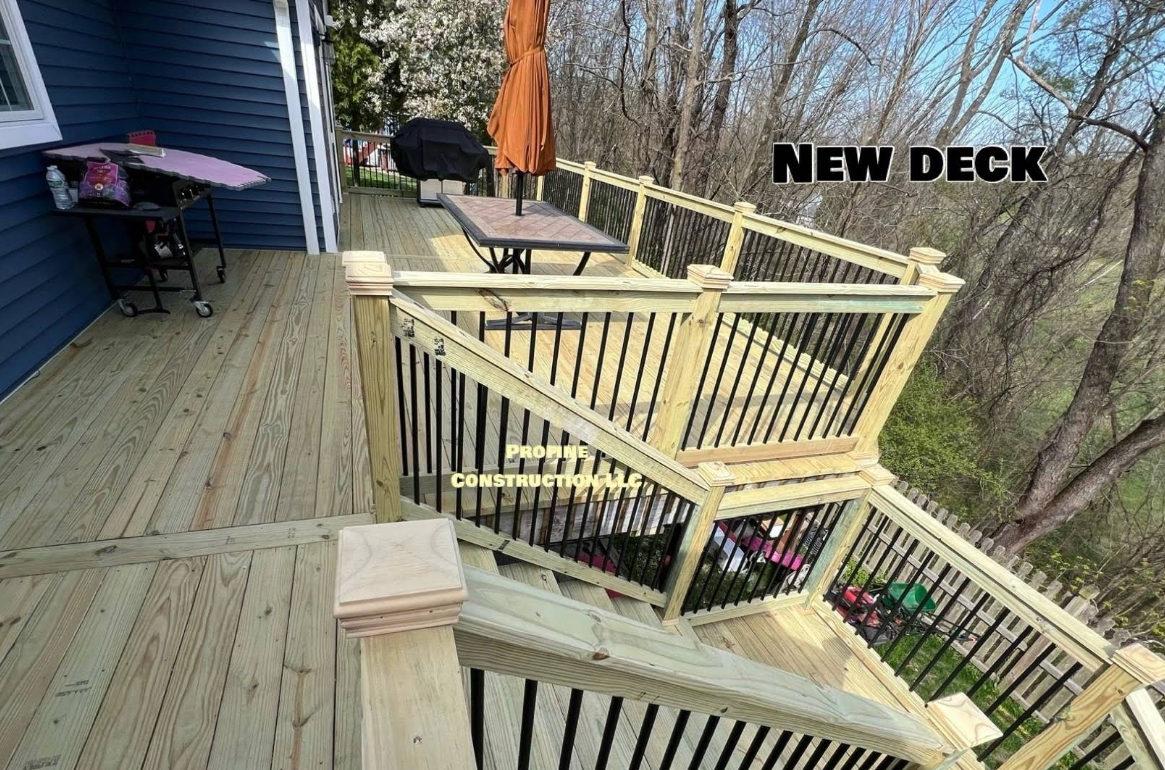Introduction
Storms can wreak havoc on our homes, often leaving behind a trail of destruction that demands immediate attention. If you’ve recently experienced severe weather, you might be wondering where to begin when it comes to assessing damage and planning your next steps. In this comprehensive guide, we will navigate the complex terrain of post-storm recovery, focusing on essential aspects such as roof repair, roof leak repair, and effective strategies for finding roof leaks. Understanding these elements is crucial not only for restoration but also for ensuring your home’s long-term safety and integrity.
After the Storm: Assessing Damage and Planning Your Next Steps
Understanding the Impact of Storm Damage
When a storm hits, its potential impact on your property can vary greatly depending on several factors including wind speed, rainfall amount, and the overall condition of your home before the storm.
Types of Storm Damage- Wind Damage Water Intrusion Structural Impairments Landscaping Disruption
- Sagging Roofs Water Stains on Ceilings Cracked Walls Downed Trees
Safety First: Prioritizing Personal Well-being
Before you start assessing damage or planning repairs, it’s crucial to prioritize safety. Here are some tips:
- Inspect Your Surroundings: Look for any fallen power lines or unstable structures. Wear Protective Gear: Use gloves, sturdy shoes, and helmets if necessary. Avoid Hazardous Areas: Stay clear of places where there may be flooding or debris.
Assessing Roof Damage Post-Storm
Why Your Roof Should Be a Priority
The roof is your first line of defense against the elements. A compromised roof can lead to extensive interior damage if not addressed quickly.
Visual Inspection Techniques
To assess roof damage effectively:
Use Binoculars: From a safe distance, check for missing shingles or visible sagging. Look for Debris: Identify any branches or objects that have fallen onto your roof.
Hiring Professionals for Detailed Assessment
While DIY inspections are https://www.profineconstructionllc.com/roofing-contractors-jersey-city-nj helpful, hiring a professional roofing contractor can provide you with an in-depth assessment that includes:
- Comprehensive roof inspections Expert advice on necessary repairs Estimates for cost-effective solutions
Identifying Roof Leaks After the Storm
Common Signs of Roof Leaks
If you suspect that your roof has sustained damage leading to leaks, look out for these signs:
Water Stains on Ceilings Mold Growth Musty OdorsFinding Roof Leaks: Step-by-Step Guide
Finding roof leaks isn’t just about looking up; it requires systematic checking:
Check Attics and Ceilings: Look for dark spots or mold. Inspect Flashing Materials: Ensure they’re intact around vents and chimneys. Examine Shingles Closely: Missing or damaged shingles can be a clear indicator.Roof Repair Options After Storm Damage
DIY vs Professional Repairs: What’s Best?
Choosing between DIY repairs and hiring professionals depends on various factors such as:
- Severity of damage Your skill level Safety concerns
Pros & Cons Table: DIY vs Professional Repairs
| Factor | DIY Repair | Professional Repair | |-------------------|-------------------------|---------------------------| | Cost | Generally lower | Can be higher | | Time | Potentially longer | Quicker turnaround | | Quality | Dependent on skill | Guaranteed workmanship | | Safety | Riskier | Safer due to experience |
The Importance of Timely Repairs
Ignoring minor repairs can lead to significant issues later on, including more extensive water damage requiring costly interventions.
Cost Savings: Addressing problems early can save you money in the long run. Home Value Maintenance: Keeping your home in good shape preserves its market value. Insurance Considerations: Most insurance policies require timely reporting and repairs to cover damages.Planning Your Next Steps Post-Storm
Creating an Action Plan
Once you've assessed damage and identified necessary repairs, an action plan should include:

Prioritized Tasks: List tasks based on urgency. Budget Planning: Estimate costs associated with each task. Timeline: Set realistic deadlines for completion.
Filing Insurance Claims Effectively
If you're considering filing an insurance claim, follow these steps:
Document Everything: Take ample photos before starting any repairs. Contact Your Insurer Promptly: Notify them as soon as possible about storm-related damages. Keep Records: Maintain all correspondence with your insurance company.FAQ Section
1) What should I do immediately after a storm?
First, ensure everyone's safety by checking for hazards like downed power lines before assessing property damage.
2) How can I tell if my roof has been damaged?
Signs include missing shingles, sagging areas, water stains indoors, or visible mold growth.
3) Is it safe to walk on my roof after a storm?
Walking on your roof is risky—only do so if absolutely necessary and ensure you're wearing proper safety gear.
4) How do professionals assess roof damage?
They conduct thorough inspections both visually from ground level and physically by climbing onto the roof.
5) Can I claim storm damage through my homeowner's insurance?
Yes! You may be eligible for coverage but must report claims promptly following your insurer’s guidelines.
6) Should I attempt to repair my own roof?
It depends on your skill level; minor issues may be manageable but significant damage usually requires professional intervention.
Conclusion
In conclusion, storms pose significant risks to our homes that require prompt attention and careful management afterwards—especially regarding areas like roofing which are critical in protecting our living spaces from further harm. Whether through professional assistance or DIY efforts in finding leaks and undertaking repairs like roof repair or roof leak repair, being proactive will pave the way toward restoring normalcy after nature's fury strikes again! Remember that safety comes first; don’t hesitate to seek help when needed!
By following this guide titled "After the Storm: Assessing Damage and Planning Your Next Steps," you're now better equipped to navigate recovery efforts effectively while ensuring peace of mind throughout the process!